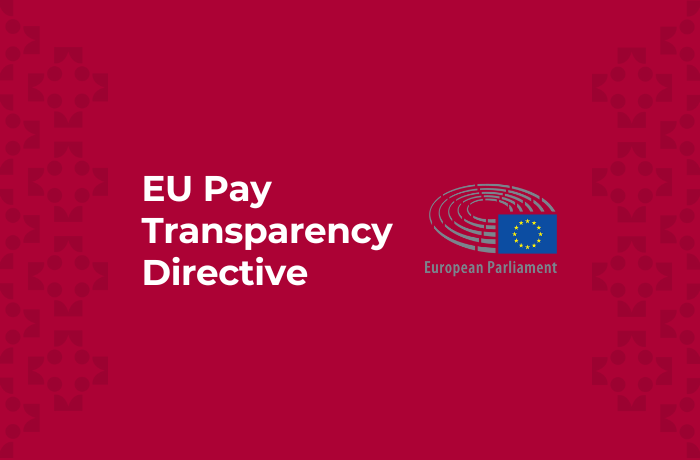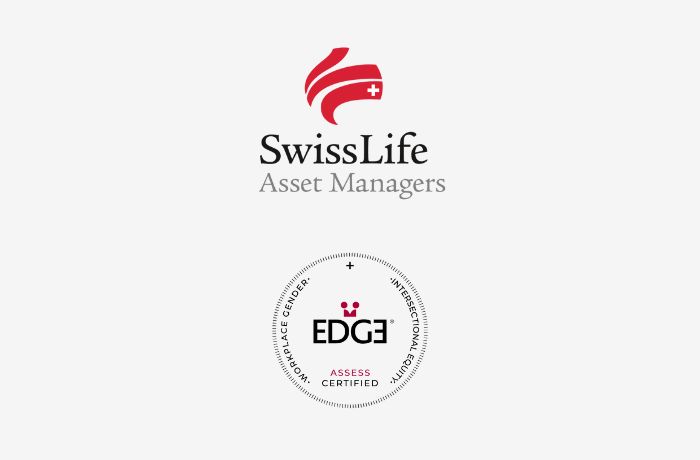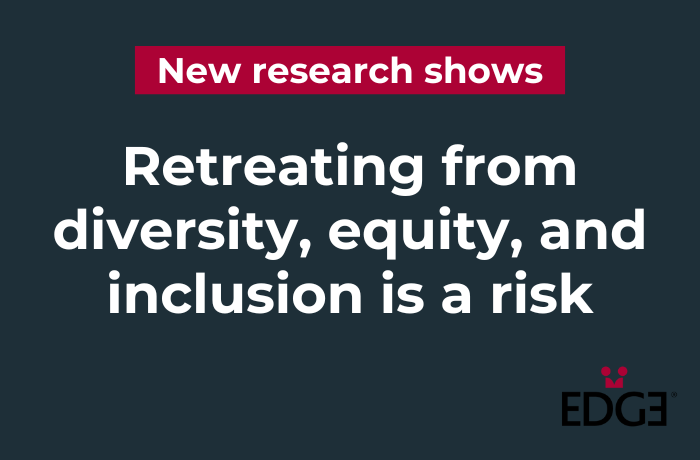Equality in the workplace stands as a fundamental principle crucial for fostering social stability and driving economic growth. Despite ongoing efforts to enhance workplace equality, persistent biases continue to shape professional environments. For example, gender wage gaps persist, with women earning just 77 cents for every $1 paid to men[1], and women of colour face ongoing underrepresentation in leadership roles[2]. Employment rates for individuals with disabilities remain notably lower than those without[3], and age-based discrimination remains a pervasive issue[4].
At EDGE Certified Foundation, our commitment lies in creating a world of equal opportunities, where men and women are equally valued across their different gender identities, race/ethnicities, LGBTQ+ identities, nationalities, age groups, and disability status. However, we acknowledge that true equality often necessitates treating individuals differently in specific contexts, such as the workplace, to ensure fair opportunities. This concept, known as ‘equity,’ is a cornerstone of our Standards and Assessment Methodology.
In this article, we delve into the distinction between ‘equality’ and ‘equity,’ and examine how the EDGE Standards and Certification System aim to measure and advance workplace equity to ultimately achieve equality at work, at home, and in society.
Workplace Equality
Equality refers to the state of being equal, especially in status, rights, or opportunities[5]. In general, however, and especially in the workplace context, it refers to equal treatment—the idea that policies, practices, and management should treat people the same irrespective of their identity or status.
Applying the Definition: If an organization mandates a 9 AM to 5 PM workday with no availability of flexible work options (such as compressed or flexible working hours), it may pose significant challenges for employees juggling work with caregiving responsibilities. Strict fixed hours can create a disparity in opportunity, as primary caregivers may struggle to fulfill both their professional and personal obligations effectively. True equality of opportunity cannot be achieved when certain individuals face obstacles that others do not. This acknowledgment extends beyond the notion of strictly equal treatment.
Workplace Equity
Equity, as defined by Harvard, refers to “fair treatment for all while striving to identify and eliminate inequities and barriers” [6]. The practice of treating individuals differently in specific situations to attain fairness is well-acknowledged in our society. For instance, workplaces may provide accommodations for employees with disabilities to ensure accessibility, or take measures to ensure that women and men have equal access to career-critical assignments. In the workplace context, equity serves as a strategic approach to realizing the overarching goal of equality. By addressing systemic barriers, implementing inclusive policies and practices, and monitoring and measuring the impact of these, organizations can create environments where every employee has the opportunity to thrive, regardless of their background or circumstances.
Measuring Workplace Equity: The EDGE Certification Methodology
EDGE Certified Foundation developed the EDGE and EDGEplus Certification Standards to serve as a comprehensive framework for analyzing gender and intersectional equity-related data and information within organizations. EDGE Certification relies on objective and measurable evidence to assess an organization’s current status regarding gender and intersectional equity, enabling the identification of underlying factors contributing to specific inequities in the workplace.
The Standards are built on four pillars, with two equity-related pillars defining success in gender and intersectional equity: “Pay equity” and “effectiveness of policies and practices ensuring equitable career flows”.
Pay Equity
Pay equity ensures that all employees receive fair and equal compensation for their work, irrespective of gender, race/ethnicity, nationality, or other factors. As part of the EDGE Certification process, organizations conduct an analysis to assess the risk of unexplained gender pay gaps, aiming to determine whether disparities persist even after considering objective factors such as age, tenure, or role responsibility. If a portion of the pay gap remains unexplained despite accounting for these factors, it signifies the presence of an unexplained gender pay gap (UGPG). To meet the EDGE Standard, organizations must ensure that the UGPG falls within a tolerance threshold of + or – 5% based on a linear regression analysis. While measuring gender pay gaps is a crucial initial step, organizations are recommended to also take proactive measures to assess, address, and rectify any identified disparities.
Effectiveness of policies and practices in promoting equitable career advancement
Establishing and implementing effective policies and practices is essential to cultivate an organizational environment that fosters equitable career advancement. The EDGE Standards look at the overall organizational framework when it comes to equal pay for equivalent work, recruitment and promotion practices, leadership development, training, and mentoring programs, flexible working arrangements, and organizational culture initiatives. For each of these focus areas, the EDGE assessment methodology assesses the effectiveness of organizational policies and practices by examining their existence, formulation, implementation, employee awareness, and impact.
The EDGE methodology establishes a robust and holistic framework of measurement that looks at these equity-related indicators alongside diversity-, and inclusion-related indicators. As such, EDGE Certification helps organizations to measure where they stand, and to accelerate progress in gender and intersectional equity through a comprehensive approach, showcasing a proven pathway to enhance organizational performance, elevate workplace culture, and attract, retain, develop, and motivate top talent. Additionally, the third-party verification embedded in EDGE Certification brings credibility and integrity to the organization’s commitment to fostering a diverse and equitable workplace.
Embrace Equity for Workplace Success
EDGE stands for Equity, Diversity, and Gender Equality, and our firm belief is that gender and intersectional equity offers incredible opportunities to ensure fair treatment in the workplace, to recognize individual uniqueness, and to drive organizations’ long-term performance. With our Standards and Certification System we have aimed to develop an effective instrument for sustainable progress, based on objective, measurable evidence of an organization’s status and progress towards overall gender equality.
[1] World Bank. 2024. Women, Business and the Law 2024. Accessed: https://wbl.worldbank.org/en/reports
[2] https://www.mckinsey.com/featured-insights/diversity-and-inclusion/women-in-the-workplace
[3] https://hbr.org/2023/07/disability-as-a-source-of-competitive-advantage
[4] https://hbr.org/2022/03/i-was-a-manager-in-an-ageist-workplace
[5] https://www.edge-cert.org/knowledge-centre/glossary/
[6] https://edib.harvard.edu/files/dib/files/dib_glossary.pdf





